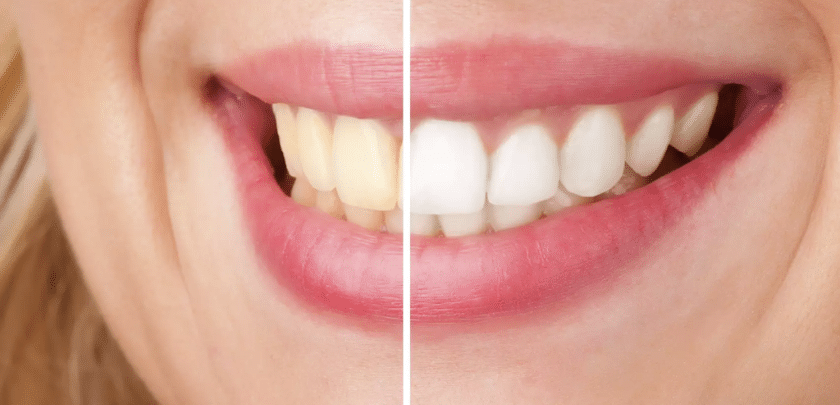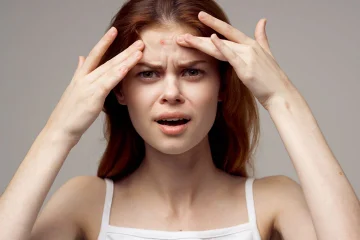
Many people are on a quest to achieve a radiant, bright smile. Whitening strips have become a popular option due to their effectiveness and convenience. A common question is: should you brush your mouth after using whitening strip? The debate has generated interest among consumers and dental professionals, since the best post-whitening routine will maximize the benefits of the whitening treatment while maintaining oral health.
Understanding Whitening strips:
Before diving into the post-whitening procedure, it is important to understand how whitening strip work. These thin, flexible strip are coated with a gel that contains hydrogen peroxide (or carbamide peroxide), which penetrates into the enamel and breaks down stains to lighten teeth. If used according to manufacturer’s instructions for a specific duration every day, over a period of a few weeks, whitening strips will brighten your smile by several shades.
The Importance of Oral Health:
Oral health is important for your overall well-being. Brushing, flossing and regular dental checks are essential practices to prevent tooth decay, gingivitis and other oral problems. Any dental procedure, such as teeth whitening should not compromise these habits, but rather complement them.
Arguments in Support of Brushing After Whitening strips:
Proponents argue that brushing after whitening strips helps remove any remaining whitening gel, and prevents it from being exposed to the teeth for a prolonged period of time. This could lead to gum irritation or tooth sensitivity. Brushing also helps remove surface stains and plaque. This can enhance the whitening effect and promote overall oral hygiene. Brushing with fluoride-containing toothpaste can also help to remineralize enamel and strengthen it, reducing the risk for enamel erosion.
Arguments Against Brushing After Whitening Strips:
Some dental professionals recommend not brushing right away after using whitening strip, especially if they contain high peroxide concentrations. Brushing immediately after whitening can cause tooth sensitivity, and may increase the risk of enamel erosion. They recommend that you rinse your mouth with water thoroughly to remove excess whitening gel, and wait at least 30 mins before brushing. This will allow the teeth time to recover.
Expert Opinions and Recommendations:
Dental professionals have differing opinions on whether or not to brush immediately after using whitening strips. Some dental professionals recommend brushing immediately to remove any remaining gel and to enhance the whitening result. Others caution against this, stressing the importance of minimising potential harm to teeth and gums. The best approach may ultimately depend on factors like oral health, sensitivity, and personal preference.
Practical Tips for Post Whitening Care:
No matter if you choose to brush your teeth immediately after using the whitening strips or not, there are certain practices that can optimize results and protect oral health.
1. Rinse thoroughly: Rinse your mouth well with water after removing the whitening strips to remove any remaining whitening gel.
2. Wait Before Brushing: If you decide to brush your teeth after the whitening procedure, allow them to recover.
3. Use Fluoride Toothpaste: Brush your teeth with fluoride toothpaste. This will strengthen the enamel and reduce sensitivity.
4. Avoid Staining Products: To extend the whitening process, avoid staining products such as tobacco, coffee, tea and red wine.
5. Maintain regular oral hygiene: Brush twice daily and floss daily. Schedule regular dental examinations.
Conclusion:
There is still debate in the dental community about whether or not to brush your teeth after using whitening strip. Some dentists recommend brushing immediately after using whitening strips to improve the results and remove any residual gel. Others caution against this, citing concerns over tooth sensitivity and enamel erosion. Individuals should ultimately consult their dentist for the best post-whitening routine, based on their oral health preferences and needs. Combining professional advice with good oral hygiene, people can have a healthier, brighter smile.
Tips to Provide Better In-Home Care
July 18, 20248 Impressive Benefits of Carrot Juice
June 4, 2024
Leave a reply Cancel reply
You must be logged in to post a comment.
-
Benefits of Hiring a Professional Wedding Photographer
August 19, 2022 -
Commercial Painting Tips from Painting Experts
July 10, 2024 -
Does ginger help with heartburn
October 2, 2023





